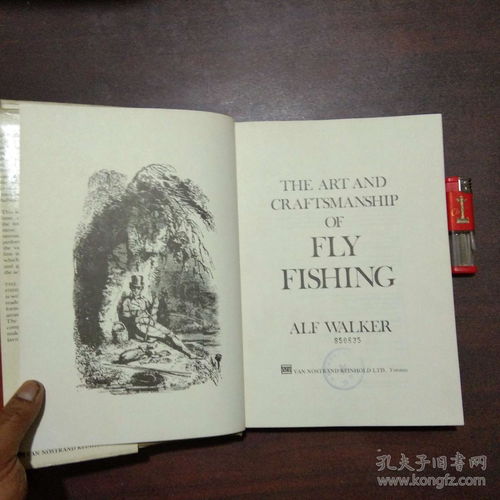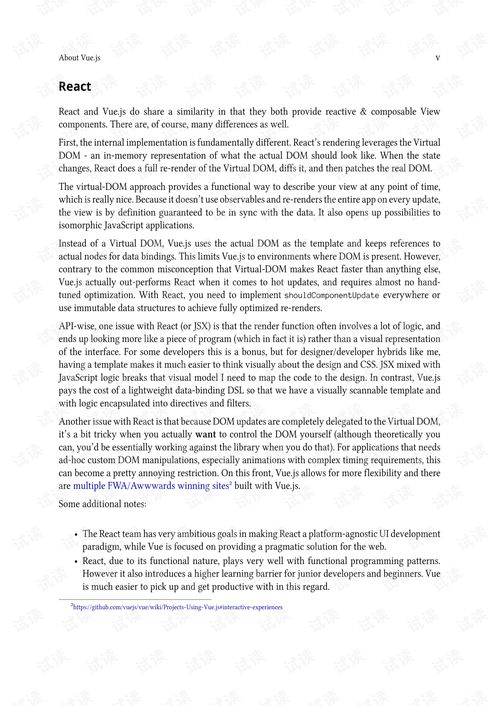Content:
Embarking on a coastal fishing adventure is a thrilling experience that promises not only relaxation but also the thrill of the catch. Whether you're targeting shrimp or fish, mastering the art of sea fishing requires a blend of patience, skill, and a keen understanding of the techniques that work best in different marine environments. Here's a comprehensive guide to help you hook into the bounty of the sea with expert fishing techniques for shrimp and fish.
Choosing the Right Gear
The first step in your seaside fishing journey is to equip yourself with the right gear. For sea fishing, you'll need:
- A sturdy rod and reel suited for the type of fish you're targeting.
- High-quality fishing line that can withstand the tension and weight of your catch.
- Appropriate hooks, sinkers, and lures designed for sea conditions.
- A bait box or tackle box to store your gear and keep it organized.
Understanding the Tides and Weather
Sea fishing is heavily influenced by tides and weather conditions. To increase your chances of success:
- Study the local tide charts to understand the best times for fishing.
- Check the weather forecast to avoid fishing during storms or when conditions are too rough.
- Keep an eye on the moon phase, as it can also affect fish behavior.
Choosing the Right Bait
The type of bait you use can significantly impact your success. Here are some popular options:
- Shrimp: Live or dead shrimp are excellent baits for catching shrimp and fish. They are naturally appealing to many marine species.
- Fish: Using a piece of fish, such as sardine or mackerel, can attract larger fish to your hook.
- Artificial Lures: Lures that mimic the movement of fish or shrimp can be highly effective, especially in clear water.
Hooking Techniques
Once you've chosen your bait, it's time to learn how to hook it properly:
- For shrimp, thread the hook through the shrimp's body so that it's visible above the hook point.
- When using fish as bait, cut a small piece and hook it through the flesh so that it's exposed and appealing to fish.
- For artificial lures, follow the manufacturer's instructions to ensure they are properly rigged.
Fishing Techniques
Here are some essential techniques to help you catch more shrimp and fish:
- Drop Shot Technique: This method involves dropping your bait vertically down to the bottom and then slowly retrieving it. It's effective for catching shrimp and bottom-dwelling fish.
- Jigging: This technique involves moving your rod up and down to mimic the swimming motion of fish. It's great for attracting fish that are suspended in the water column.
- Drifting: If you're fishing in a current, allow your bait to drift naturally with the current. This can be particularly effective for catching fish that follow currents.
Safety First

Always prioritize safety when sea fishing:
- Wear a life jacket, especially if you're boating.
- Keep a first aid kit handy.
- Inform someone of your fishing plans and expected return time.
- Be aware of your surroundings and the local marine life to avoid accidents.
Post-Catch Care
Once you've made a successful catch, it's important to handle your fish or shrimp properly:
- Use a fish scaler or knife to remove scales or skin, depending on your preference.
- Keep the fish cool by placing it in a bucket of ice or a cooler.
- If you're planning to release the fish, ensure you handle it gently to minimize stress.
In conclusion, sea fishing for shrimp and fish can be a rewarding and enjoyable activity. By equipping yourself with the right gear, understanding the local conditions, and mastering the techniques discussed here, you'll be well on your way to becoming a skilled coastal angler. Happy fishing!












